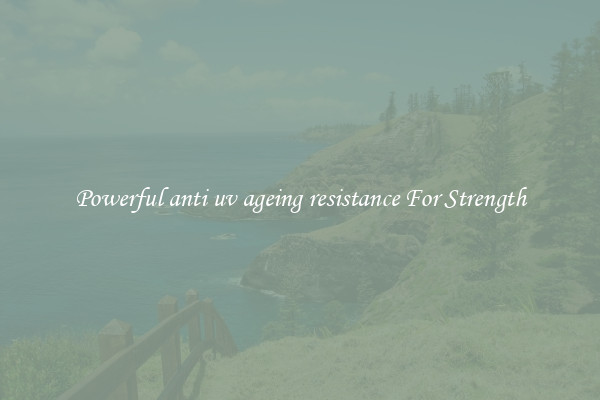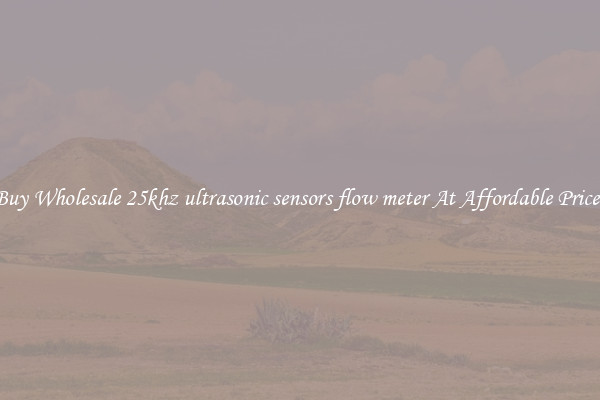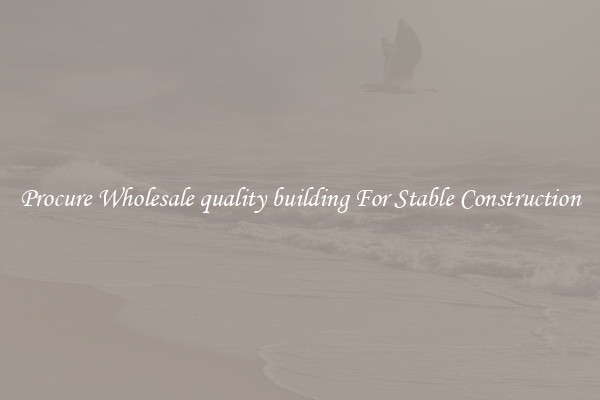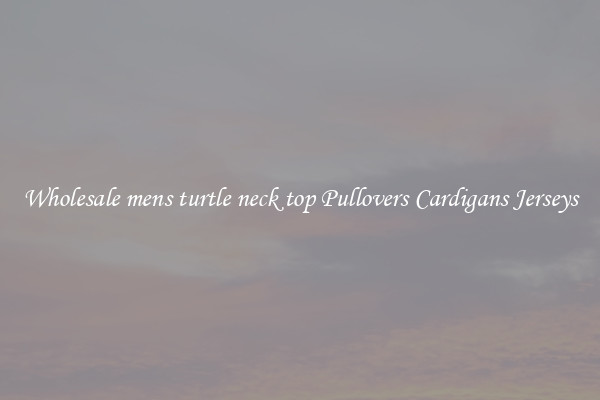Powerful anti uv ageing resistance For Strength
Powerful Anti-UV Aging Resistance for Strength

When it comes to protecting ourselves from harmful UV rays, sunscreens often become our go-to solution. However, have you ever wondered how other materials, such as certain fabrics or even building exteriors, are able to withstand the damaging effects of UV radiation? The answer lies in the powerful anti-UV aging resistance properties that can be incorporated into various products.
UV radiation is a major contributor to premature aging, which can manifest as wrinkles, fine lines, and even skin cancer. It is essential to safeguard oneself from excessive sun exposure. Likewise, inanimate objects can also experience the detrimental effects of UV radiation over time. For example, clothing, furniture, and even automobiles can fade, degrade, and develop cracks due to prolonged exposure to the sun's UV rays.
To combat this problem, manufacturers have developed materials with anti-UV aging resistance. These materials are formulated to provide protection against UV radiation, thereby prolonging the longevity and strength of the products. For instance, outdoor fabrics used in patio furniture, awnings, and even sailboats are often treated with anti-UV agents. These agents help to reduce the fading and degradation of the fabric, ultimately ensuring that the material maintains its strength and aesthetic appeal for a longer period.
Similarly, building exteriors can benefit from anti-UV aging resistance treatments. Facades made from materials such as wood, paint, or metal can consequently suffer from UV-induced discoloration, brittleness, and deterioration. By utilizing materials enhanced with anti-UV agents during the construction or renovation process, these negative effects can be mitigated. This results in robust and long-lasting exteriors, resisting the detrimental impacts of UV radiation.
However, to truly ensure powerful anti-UV aging resistance, it is vital to select the appropriate treatment method. One such approach involves incorporating UV absorbing molecules into the material itself. These molecules act as a shield, absorbing the harmful UV radiation and preventing it from reaching the material. This strategic placement of anti-UV agents enhances the material's overall strength and durability, making it less susceptible to aging.
Moreover, advancements in nanotechnology have introduced the use of nano-sized particles in anti-UV aging resistance treatments. These particles can be applied as a protective coating on various surfaces to create an impermeable barrier against UV radiation. This innovative solution is not only highly effective but also provides added benefits such as easy application and long-lasting protection.
In conclusion, powerful anti-UV aging resistance is crucial for maintaining the strength and durability of various materials, from fabrics to building exteriors. Incorporating anti-UV agents into these products helps to combat the detrimental effects of UV radiation, ensuring a longer lifespan and enhanced aesthetics. As technology continues to advance, we can expect even more effective and efficient methods to protect against the aging effects of UV radiation.

View details

View details

View details

View details








